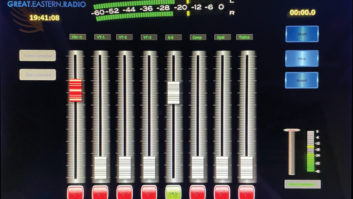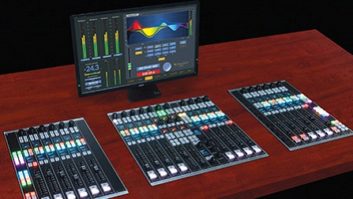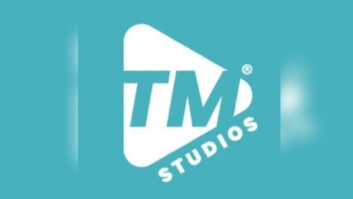AALBORG, Denmark — Building studios is the fun part. Deciding which show to broadcast from which studio is a challenge, and that requires decisions about how many studios to build and whether they should all be the same size and have the same equipment.

We had made all those decisions more than six years ago, when we built studios in Aalborg, Denmark, for Nordjyske Medier’s two radio formats, the predominantly AC format Radio Nordjyske and our CHR station ANR that feed 37 transmitter sites covering the northern territory of Denmark.
Nordjyske Medier started with a newspaper and has occupied the Danish territory of “Nordjyske” since 1781, making it a few years older than the U.S. Constitution. The media company’s radio group hasn’t been around quite as long — about 30 years.
For six of those 30 years, our backbone for the two stations (and eight commercial splits) has been Wheatstone’s WheatNet-IP audio network system with E-6, E-1 and SideBoard control surfaces. We ended up building three on-air studios: a bigger studio with a lot of mics and the ability to host live music, a normal-sized studio, and then the small one.
As you may know, WheatNet-IP is based on “Blades” with I/O and GPIO. The best part is that everything runs on a Cat-6 cable between the Blades and the mixing console. That gave us a huge advantage when it came time to maximize studios resources. Each I/O Blade in the network comes standard with two stereo 8×2 utility mixers and they’re used for splitting and summing the right commercial feeds to the right destinations in the 37-site network.
But slowly over time, things changed — new shows, and more of them, meant that we were continually challenged with which show to broadcast from which studio and how to effectively switch between the two stations. We began looking for options, including the possibility of adding a whole new studio.
Then we learned of Wheatstone’s ScreenBuilder app and found that not only could we save money, we could be more flexible with the studios that we do have. In fact, we quickly discovered that we could change studios to get the best setup for each show, and even move stations entirely across the facility if need be. This would be impossible with a hardware solution, but with ScreenBuilder, it’s a two-button workflow on a PC monitor.
ScreenBuilder is a WheatNet-IP application and a lot like playing with Legos (coming from Denmark, that’s like a home run). The software is like an advanced remote with options for faders, meters, buttons, clocks, timers, controls and other widgets that are arranged on a PC screen and are defined and linked to elements in the network.
We bought the software and started designing the screen for the task of switching studios. One thing led to another, and today we’re not only switching studios, we’re also controlling “Hotspare” in the RCS Zetta system.
Hotspare is a function in the Zetta automation system that allows you to switch from one computer to another while on-air. We have dedicated PCs for each studio, and the Hotspare function moves the audio from one playout Zetta to another. We route mix-minus to phones, codecs, for podcast and the trigger for the on-air/mic signs — all done with a two-button setup on ScreenBuilder.
Our DJs/hosts use the screen four times a day to move our stations from studio to studio and sometimes even place them back in the server room in order to free up studios for track/recording. It’s saved us having to add more studios and the best part: I never have to write a single line of code.
For information, contact Jay Tyler at Wheatstone in North Carolina at (252) 638-7000 or visit www.wheatstone.com.












